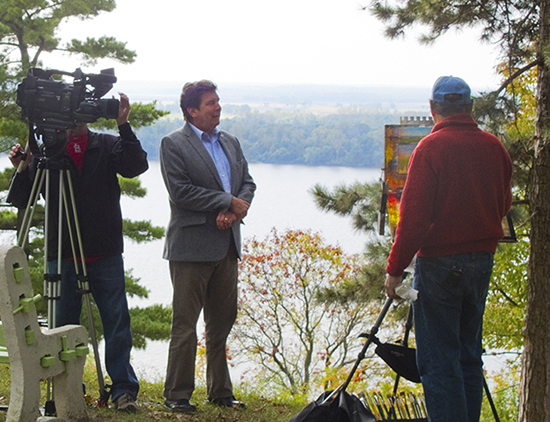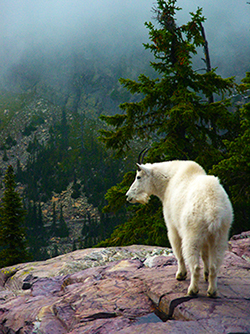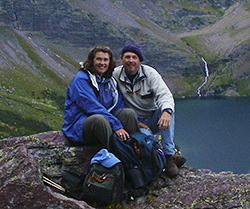A Painting Holiday in Tuscany
Previous
|
A Painting Holiday in Tuscany
Photo © Robert Copeland In celebration of our upcoming watercolor painting workshop to Tuscany in June, we decided to share with you some of the interesting and beautiful places we are planning to visit and paint, and, to give you an armchair traveler’s overview of the area.
We call our workshops painting holidays because we always plan lots of activities besides painting for our students to enjoy during the week. We might visit a small artisanal winery and sample their home-made prosciutto, cheeses and Barollo wines one afternoon. Or we might stop in at a local agritourismo for a cooking class where we learn how the Tuscans make such wonderful food, followed by eating that very food we made. Delicioso! Among our many, many choices to visit each day are fascinating ancient hilltop towns like Civita di Bagnoregio, medieval abbeys and churches filled with famous Renaissance frescoes, Roman-era thermal springs, cypress lined “stradi” zig-zagging up vineyard hillsides—too many wonderful places to fit into one trip.
On Sunday, June 3rd, we will pick everyone up at the Rome airport for the two-hour drive north to San Quirico d’Orcia. Our first stop in Tuscany is our luxury spa hotel, the Residence Casanova Spa and Wellness Center—a lengthy title for a beautiful little country hotel set in a picturesque hillside nearby the village of San Quirico d’Orcia. A comfortable hotel is a high priority for us when we travel overseas and we want our students to be comfortable and well rested for the busy week ahead. We were impressed with our previous experiences here, and the hotel has continued to expand and improve their spa services and facilities over the years. We start each day with a nourishing breakfast provided by the hotel before we head out on a day of adventure and painting fun.
On Monday, our first full day, we will enjoy a buffet breakfast before we grab our painting gear and walk the short distance down the road to explore San Quirico. Located in the broad valley of the Orcia river (Val d'Orcia) about 22 miles southeast of Siena, the town was named after Saint Quiricus. A nobleman named Barbarossa built a fortified tower around 1155 on the Via Francigena, the road that connected northern Europe to Rome in medieval times. San Quirico became a very important stop because it sat right along this pilgrimage route. Today, the town is divided in half by the main street, Via Dante Alighieri, with most of its fortified walls still standing. However, the Germans partly destroyed Barbarossa’s medieval tower during the war. In June there is a Festa di Barbarossa from the 14th thru the 18th. Prior to medieval times the ancient Etruscans inhabited this valley for thousands of years. There are plenty of painting subjects here, from the town center to the Renaissance gardens, or Horti Leoni, where I painted a decade ago. A statue of Cosimo III de'Medici sits in the center of the garden. But perhaps the most iconic landmark of the San Quirico d'Orcia area are the cypress trees—possibly the most photographed trees in the world. The cypresses of this area are located overlooking the southern part of the Via Cassia on a hilltop. In my view, light is the main thing, and the bright Tuscan sun makes the ancient stone walls and buildings of the town take on a lovely orange-tinged glow.
After a lunch at a local cafe, we’ll all pile in our van and take the short ride up the hill to Pienza. Located between Montepulciano and Montalcino, Pienza is a magnificent little Renaissance village with an impressive church and Papal palace in the middle of it. The village sits high on a hill overlooking the San Quirico river valley. Pienza is a UNESCO World Heritage site and as such, is protected from development that would mar or destroy its character. One enters the village through one of the ancient stone gateways and is immediately transported into another century. Built from 1459-1462, the village was first named Corsignano. The name change came in the 14th century when Enea Silvio Piccolomini, a native son, became Pope Pius II. He had the center of the village, or “centro historico”, rebuilt as a retreat from Rome in what was considered an ideal Renaissance style and then renamed it after himself. However, he did not live long enough to complete his renovation dreams, making the village an interesting mix of rustic stone and carved marble edifices.
Four buildings delineate the trapezoidal piazza of Pienza, the Palazzo Piccolomini which encloses an Italian Renaissance garden and looks over a vaulted stable that housed 100 horses; the Duomo or Cathedral with its bell tower, the Palazzo Vescovile, which housed the bishops traveling from Rome to attend the pope and now houses the Diocesan Museum and the Museo della Cattedrale; and, the Palazzo Comunale, or town hall. The town hall also has a bell tower, shorter than the cathedral one, symbolizing the superior power of the church. The rebuilding of Pienza was done by Bernard Gambarelli, a Florentine architect.
Pienza is popular partly because its architectural refinements and opulence are all contained in a very small area. It is easy for us to scout out painting subjects and the terrific views from the high walls out over the Tuscan landscape are not to be missed. If anything, we will have too many good subjects to paint here! Additional visits will no doubt be required. If there is time, we can visit Ceramiche Sbarluzzi to marvel at their wonderful polychrome ceramics and perhaps make some purchases. We purposely are planning our visit to Pienza for the second half of the day so that we can paint the lovely early evening light and when done, walk to our dinners at a restaurant in a converted monastery. A perfect first day in Tuscany.
The next day we will set out to visit Montalcino. The ancient hill town of Montalcino lies west of San Quirico and Pienza in the Val d'Orcia. It takes its name from a type of oak tree that once covered the area. Writings dating as far back as the 800s indicate a church built there, thought to be that built by the monks of the Abbey of Sant'Antimo.
Montalcino's location on the Via Francigena road connecting France and Rome gave it substantial importance and it was fought over by neighboring towns. Siena came to be in control of Montalcino with Florence ultimately taking control. The fortress was built on the highest point of land in a pentagonal layout in the mid 1300s. The town was divided into four quarters, each one represented by its own songs and colors. The four "contrade" are Borghetto, Travaglio, Pianello and Ruga. Representatives from each quarter still meet twice a year in an archery contest which takes place in Medieval dress.
After lunch, we can drive south from Montalcino toward the ancient abbey of Sant’Antimo, surrounded by vineyards and backed by verdant hills. If our timing is right, we will be able to catch the warm afternoon light streaming in the windows of the church and creating a pattern of light beams in the interior. We can also drive around the scenic country roads nearby the abbey and find wonderful subjects to paint.
We can also drive back up the road toward Montalcino and stop in at the famous winery, Biondi Santi, where we could take a tour of the winery or perhaps just paint in the beautiful vineyards. At the end of the day, we will drive some more backroads in the evening light, stopping by the farmhouse “Terrapile”, used in the closing scenes of the movie Gladiator before returning to our hotel for a group dinner.
Wednesday is a free day for students to use any way they wish. Some may want to try out the world-class spa treatments at our hotel, swim or lounge at the pool, or walk into San Quirico for shopping or painting. Others may choose to hire a local driver and scout on their own. Good all-day trips can include the towns of Siena or further north, Florence.
Thursday morning we plan to visit the remarkable and ancient cliff-top village of Civita di Bagnoregio. Civita di Bagnoregio was originally a larger community than its suburb, Bagnoregio. Today the roles are reversed and Civita is nicknamed "The Dying Town" (la città che muore). Civita teeters atop a ridge of friable volcanic tuff in a constant state of erosion. It sits on its tenuous plateau about 75 miles north of Rome.
Landslides during 2014 and 2015 have escalated attempts to give Civita di Bagnoregio a world heritage status by UNESCO. The urgency is clear and makes our visit all the more poignant. It is a painter’s paradise to paint and paint in—a town that time forgot but nature is working to dissolve back into the soil. When the valley below it fills with fog, it sits like a Disney-dream on its hilltop, floating above it all in the sunlight. We will likely spend the entire morning taking photos and sketching before having lunch at one of the local cafes. After a long lunch, I suspect that we will all want to stay awhile longer a make more paintings as the light continues to improve.
Friday will be our earliest morning excursion—a short drive up the road to a spot where we can sketch and photograph an iconic hilltop palazzo, Il Belvedere. If we are lucky, the valley might still have some fog floating below the hill tops as the rising sun illuminates Il Belvedere in rose-colored light. Afterwards, we will go back to the hotel for breakfast and freshen up for our day’s excursion to Montepulciano.
After the unification of Italy, Montepulciano remained a strong agricultural center and today is renowned for its honey, lentils, "pici" pasta (thick, hand-rolled pasta, like fat spaghetti), cheese, pork, and most notably its Vino Nobile. The Vino Nobile de Montepulciano is made from the Sangiovese grape varietal blended with Canaiolo Nero and smaller amounts of local varieties such as Mammolo. The wine is aged for 2 years (with at least 1 year in oak barrels), and it is excellent.
Saturday morning takes us to the thermal spa town of Bagno Vignoni. Bagno Vignoni sits on a hill above the Val d'Orcia 3.5 miles south of San Quirico d'Orcia and 8 miles south of Pienza. Instead of the traditional central town square of many ancient Italian villages, Bagno Vignoni has a central pool 160 feet long by 95 feet wide. The pool, or Square of Sources, is fed from the hot springs of a subterranean aquifer of volcanic origins. The springs were renowned through antiquity for their therapeutic quality. Pilgrims traveling the Via Francigena to Rome often stopped here for rejuvenation. The pool is believed to have been visited by Pope Pius II, Saint Catherine of Siena and Lorenzo the Magnificent, considered the most powerful patron of scholars, artists and poets of the Renaissance. Today the main square pool does not allow baths, but other springs of natural hot water are nearby (Parco dei Mulini).
After painting and lunch in the village, we will return to our hotel to pack and relax before we head out at sunset on a brief drive just north of San Quirico to our last evening sketch and photo location—the famous cypress grove. This grove of cypress trees is especially beautiful from sunset to last light. Group dinner is in San Quirico.
|
Become an Artist's Road Member Today!
Already a Member?Log in here. To renew your membership, log in and follow the links. Search the SitePerspectivesNot ready to become a Member yet? Subscribe to our free email postcards, "Perspectives". Enter your email address here.
Member ContentFree ContentThe Artist's Road StoreNocturnes - A Primer on Night Painting Filled with inspirational examples by the masters of nightime painting, this little book is sure to fire up your creative energies. Never tried painting at night? We show you how it's done with a step-by-step-oil demo and a tale of night painting in the wilds of Rocky Mountain National Park. The Primer on Night Painting - Nocturnes is a 7 x 7" PDF download with 40 pages of text and images. It includes a gallery of paintings by masters of the nocturne, information to inspire and encourage you in your plein air nocturne painting, an illustrated step-by-step demo and tips for working in pastel and oil. Also available in a softcover edition. Check out the tools and other products that we use in our own art and travels in The Artist's Road Store. We only offer things for sale that we enthusiastically believe in.
About Us
|
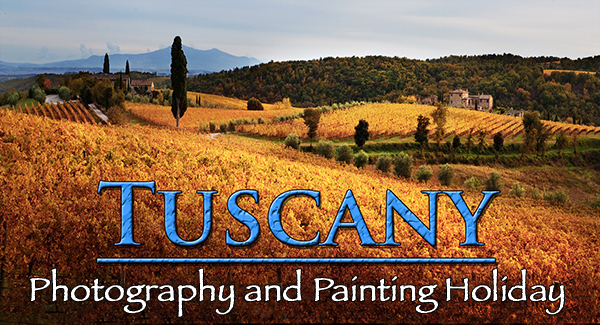
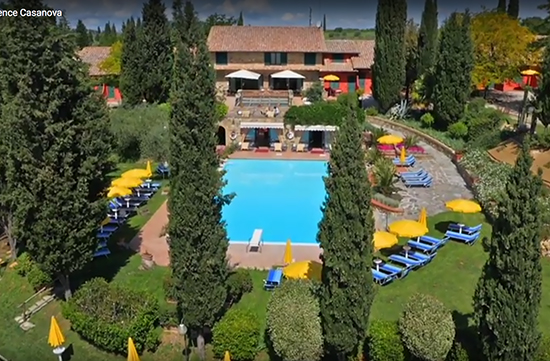
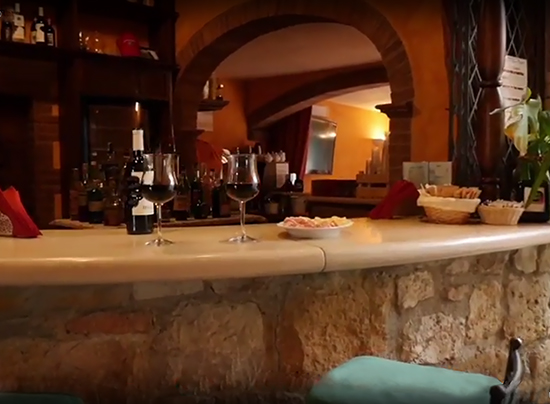
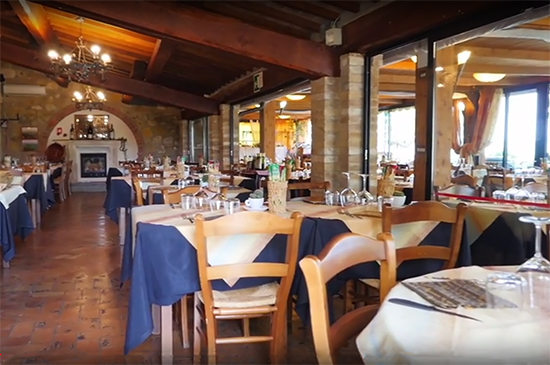
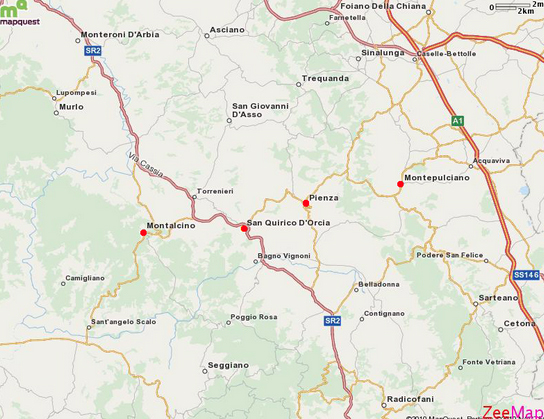
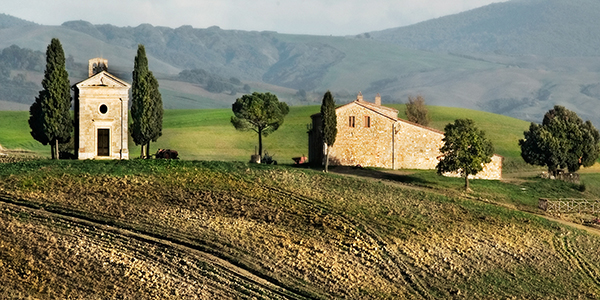
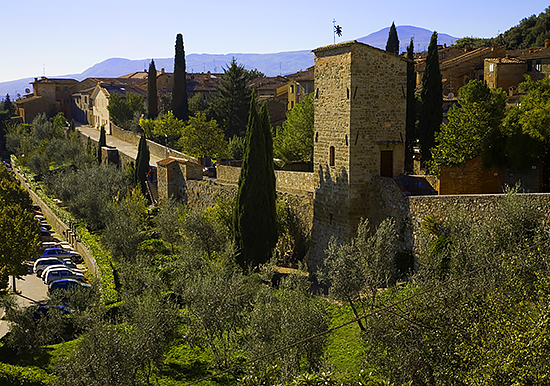
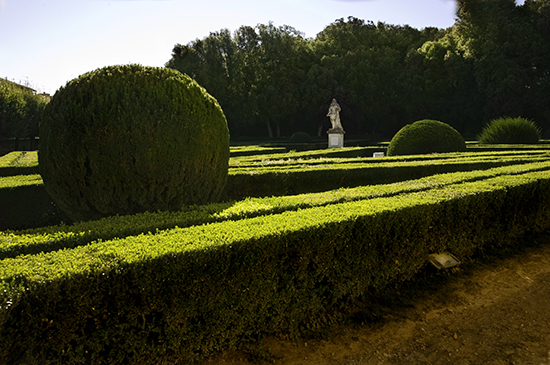
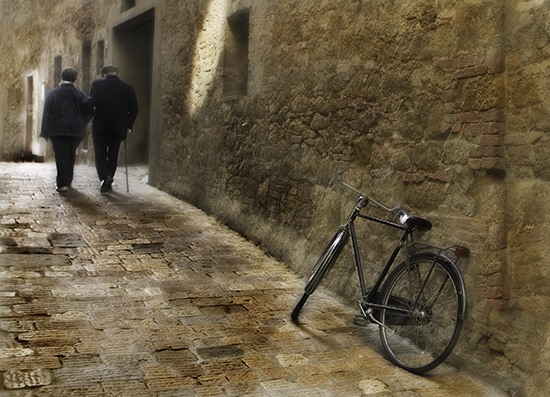
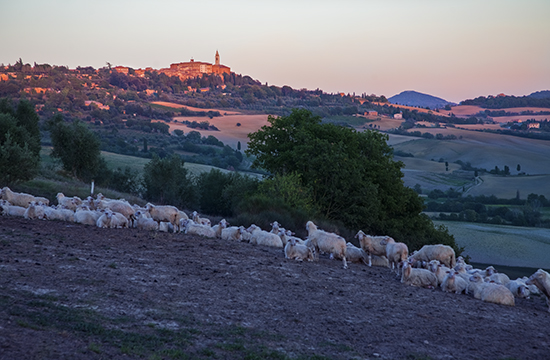
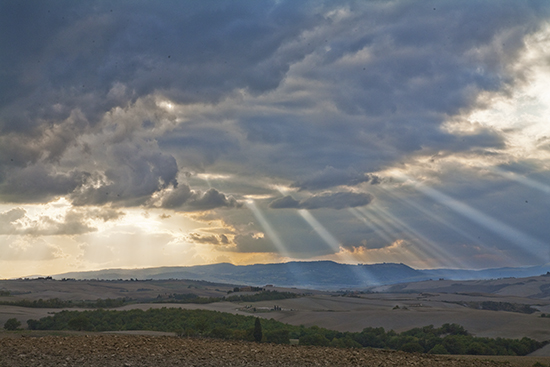
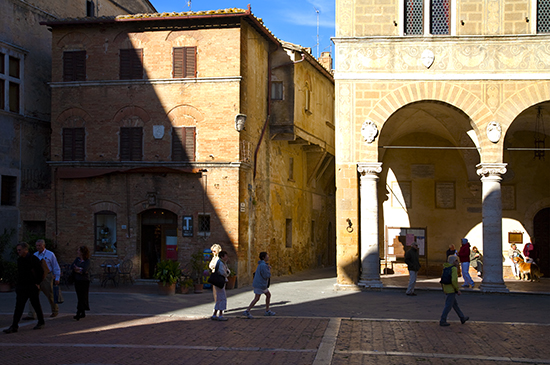
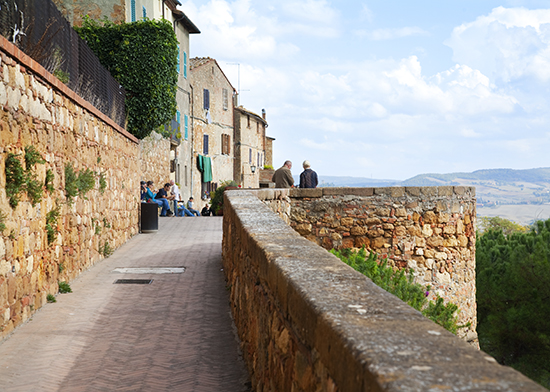
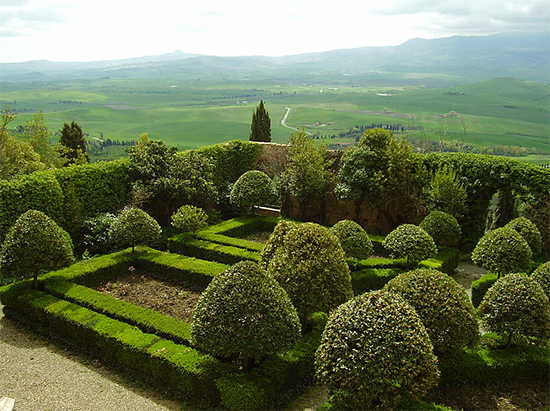
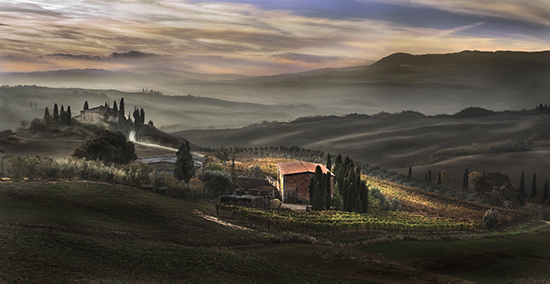 Tuscan Sunrise © R. Copeland
Tuscan Sunrise © R. Copeland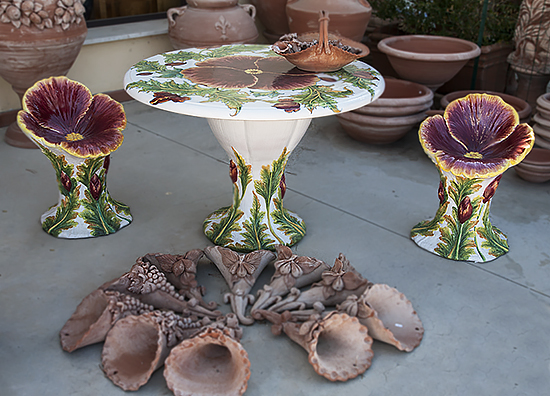
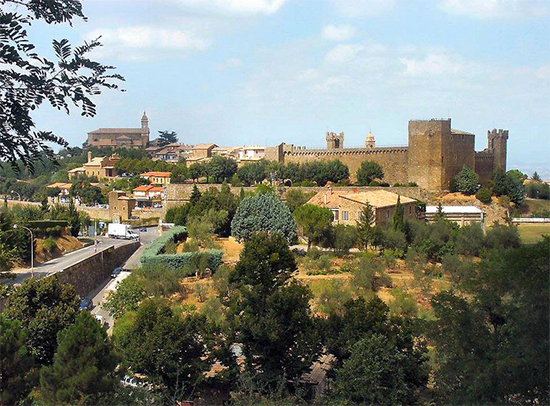
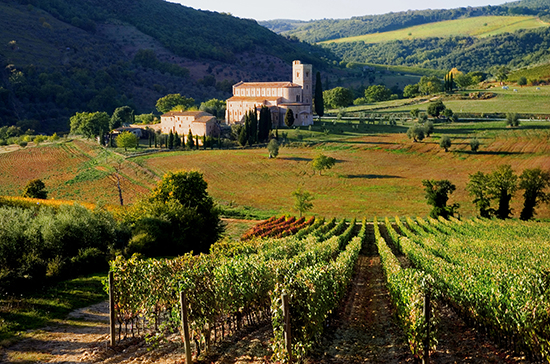
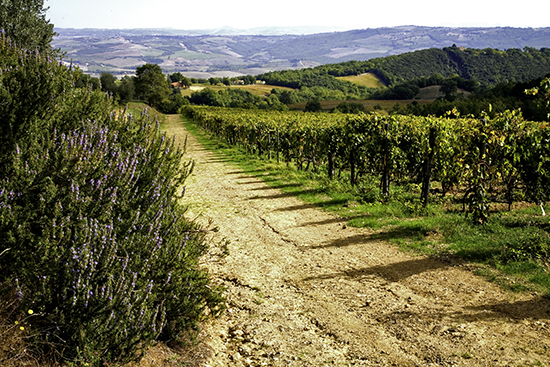
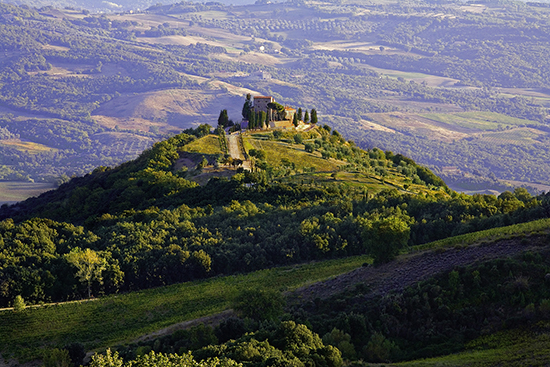
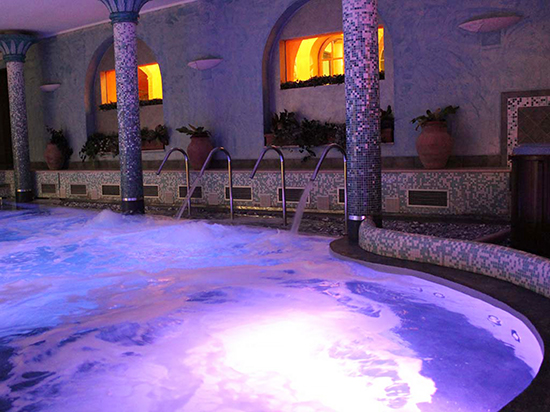
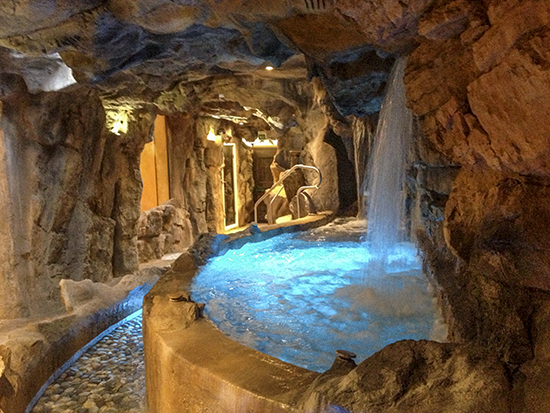
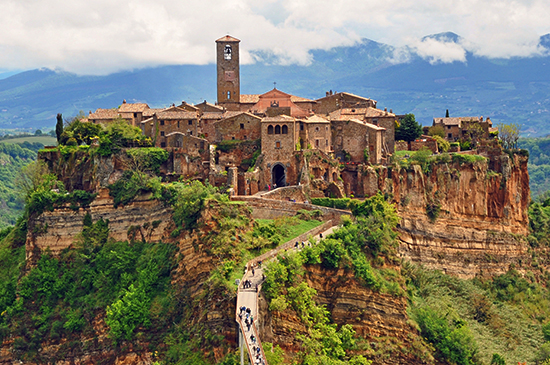
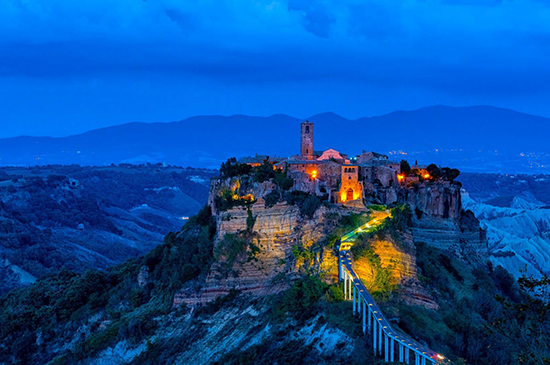
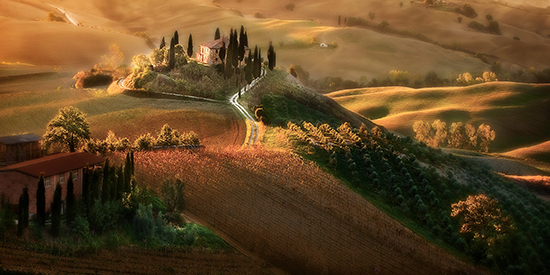
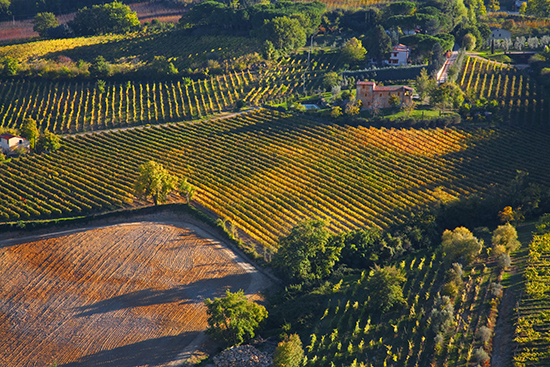
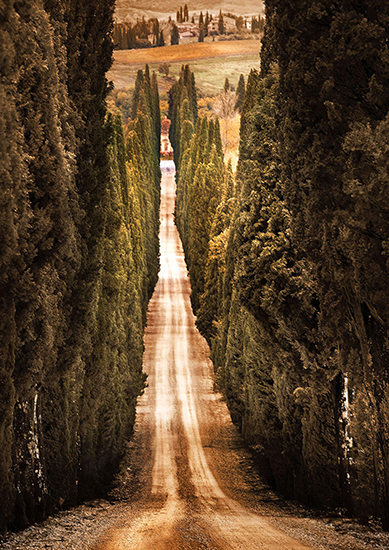
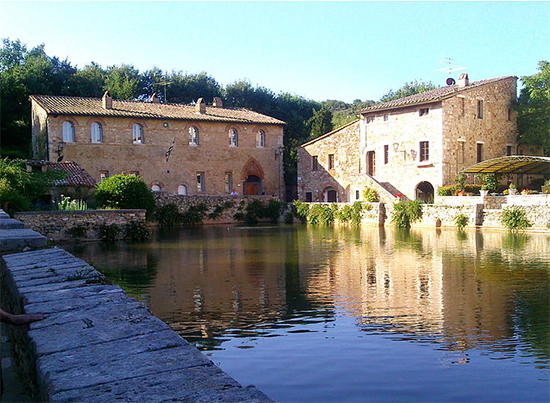
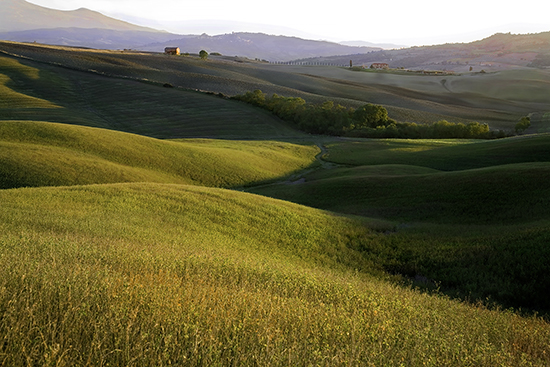
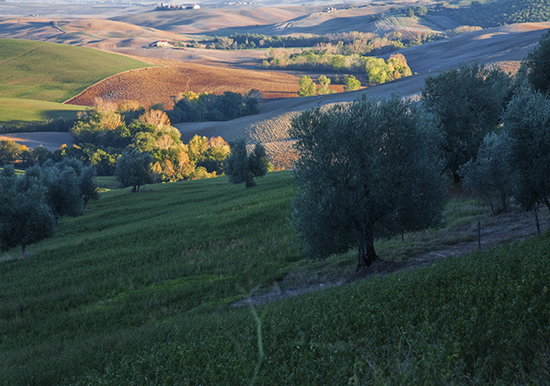
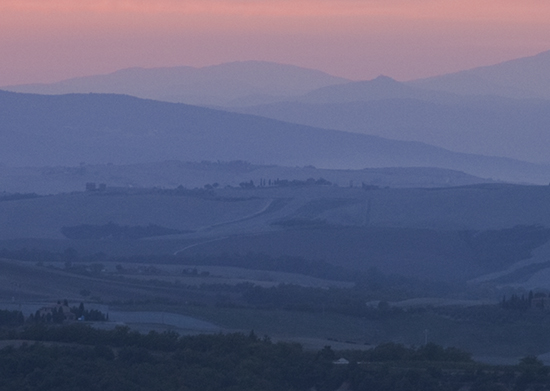
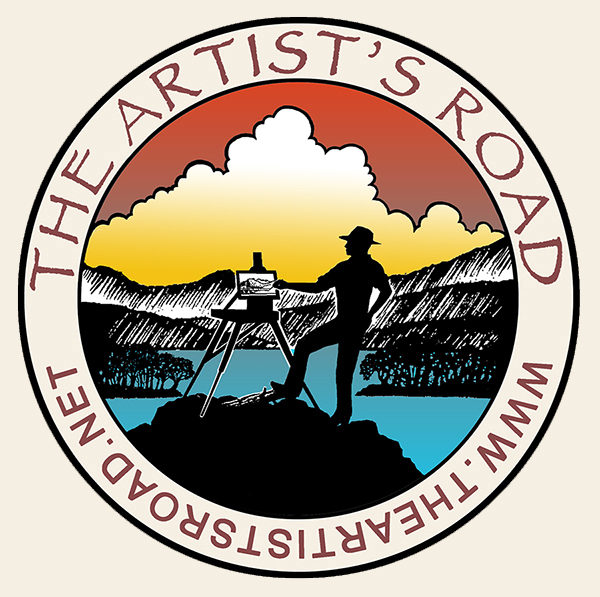
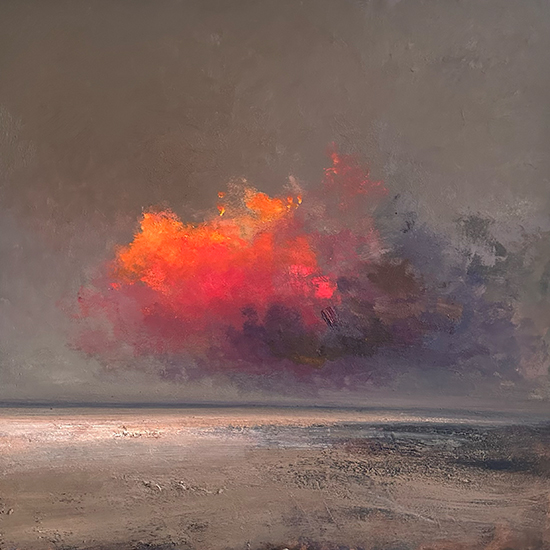 Voices of Experience:Richard K. Blades
Voices of Experience:Richard K. Blades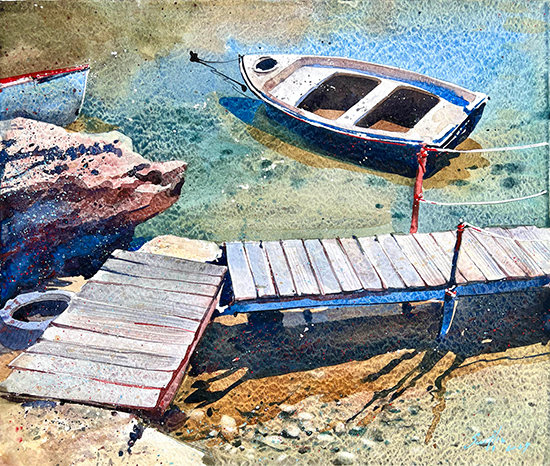
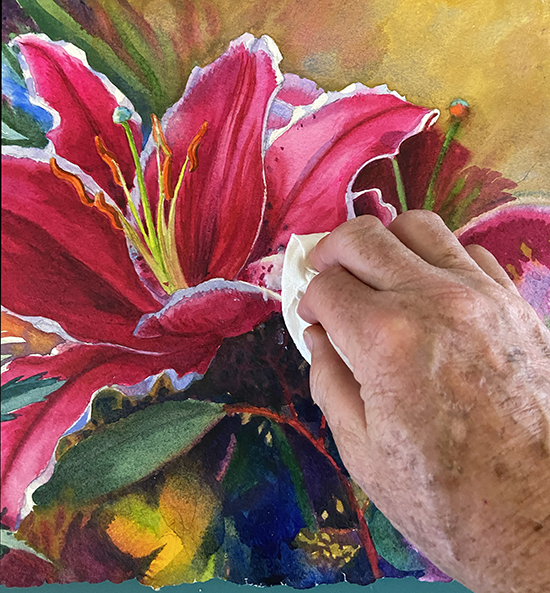 ing Watercolors
ing Watercolors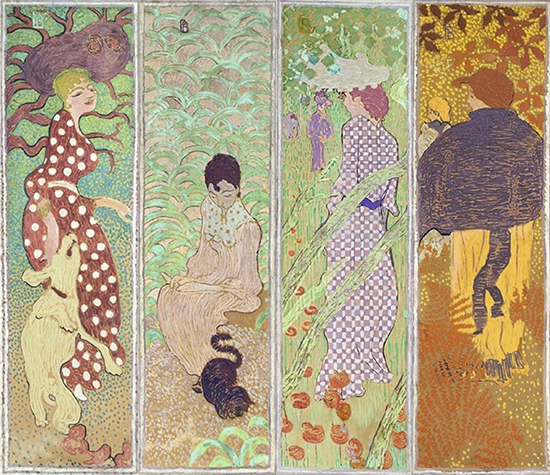
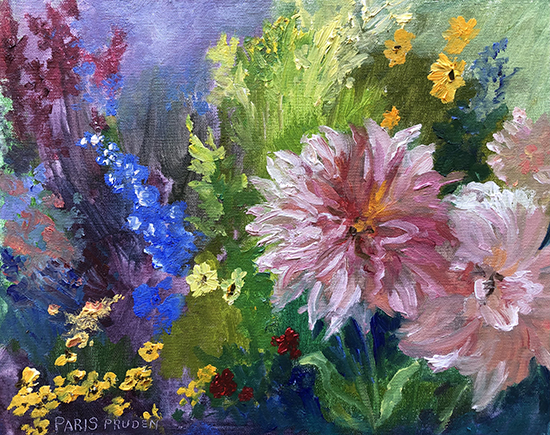
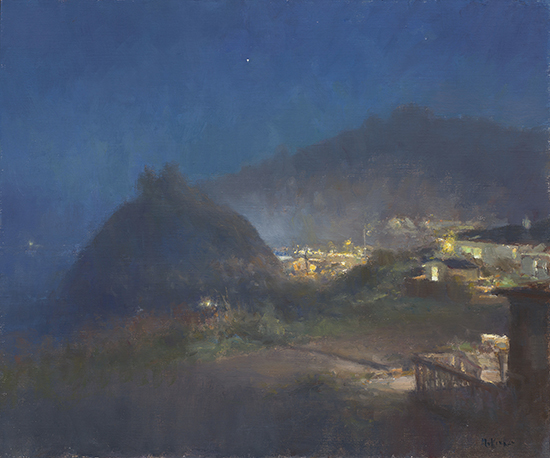 Nocturne Notes
Nocturne Notes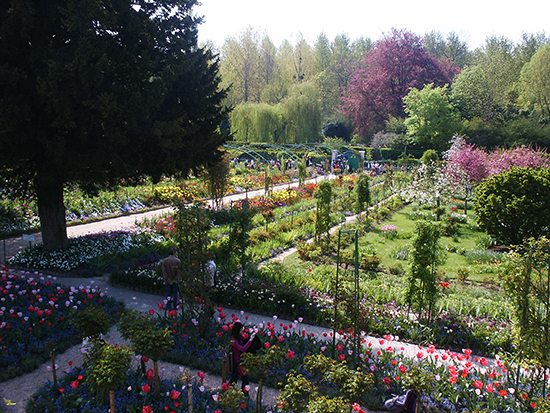 Inspiration in Monet's Gardens
Inspiration in Monet's Gardens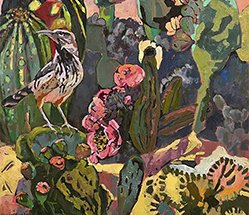
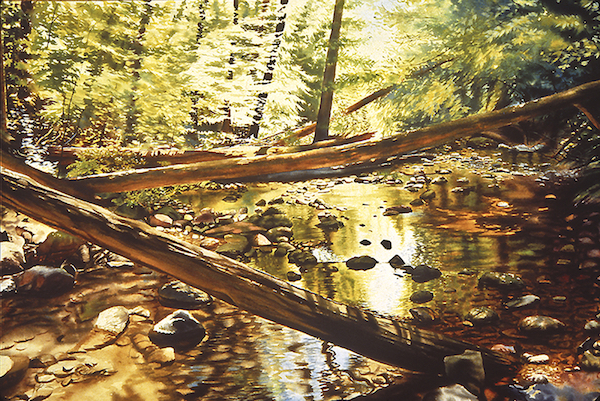 The Watercolor Medium
The Watercolor Medium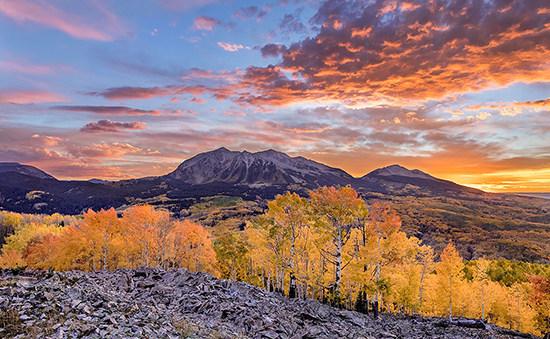
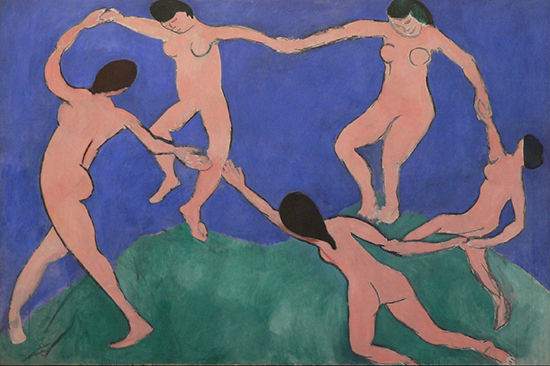 The Perspectives Archive
The Perspectives Archive